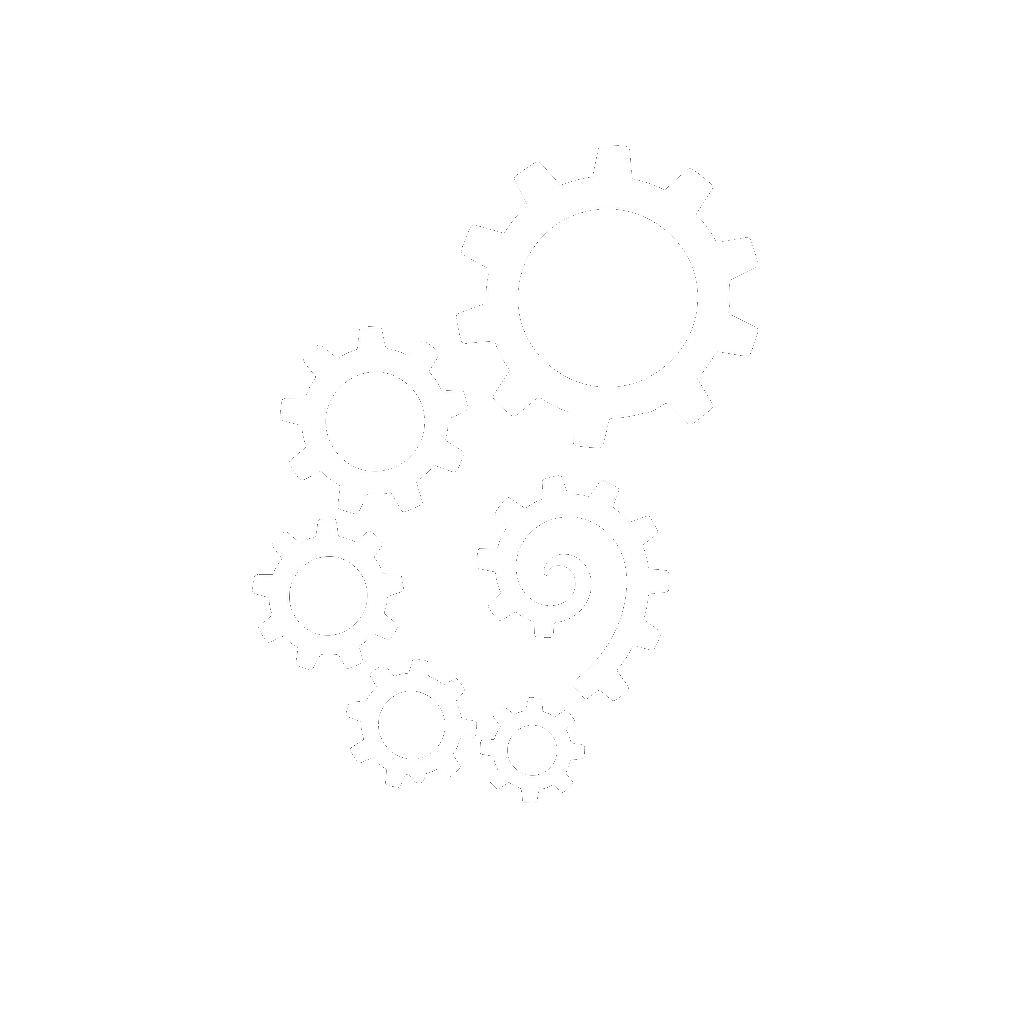Documentation
Status: Active development. Developer: David Cody (Hivemind Studio).
Introduction
Chronos Engine is a YAML‑first life management engine with a scriptable CLI, a background listener (alarms, reminders, timer), and a lightweight dashboard. Build your day from templates, adapt to your status, and automate with simple scripts.
Core Concepts
- Items: Atomic units like
task,note,goal,routine, and more. Stored as YAML. - Fractal Structure: Templates nest logically (week > day > routine > subroutine > microroutine).
- User Status: Variables like
emotion,energy, andfocusguide the scheduler. - Templates: Reusable blueprints for days, weeks, and routines.
- Reminders: Time-based notifications handled by the Listener module.
Today Scheduler
The today command is the daily driver.
today: Loads and displays the persisted schedule for today.today reschedule: Regenerates today's schedule, applies manual edits, resolves conflicts (shift/trim/cut), and saves the result.
AI Agents and NLP Interface
Chronos supports an AI-assisted workflow where a helper agent translates natural language into Chronos CLI commands.
- NLP interface: Speak intentions (e.g., “add a task to my morning routineâ€), the agent emits precise commands (
new task ...,add ... to ...). - Status-aware suggestions: When overloaded, the agent can suggest
today rescheduleor adjust buffers viastatus. - Developer agents: Agents can read modules, propose edits, and automate maintenance. See
agents.dev.md. - Agent guide: See
agents.mdfor the Chronos Warp Drive AI persona and best practices.
Examples the agent can translate:
"Create a weekly review routine and add it to Sunday"
-> new routine "Weekly Review"
-> add "Weekly Review" to "Sunday"
"I'm low energy, lighten my afternoon tasks"
-> status energy:low
-> today reschedule
"Track a new goal and a first milestone"
-> new goal "Ship MVP" priority:high
-> new milestone "Beta Ready" goal:"Ship MVP"Status
Set your status to inform scheduling decisions. Example: status energy:high focus:good. Chronos can widen buffers, reduce high-energy tasks, or prioritize critical items based on these values.
Data Model
Everything is YAML. Items live in the User/ directory. Templates reference sub-items to form a navigable graph (e.g., a Day template references Routine items, which reference Subroutines, and so on).
Dashboard
Open the Dashboard for a quick, visual overview of time, notes, status, and today's schedule. The new Settings widget lets you edit User/Settings/*.yml directly with YAML validation.
Guides
- Architecture — how Chronos fits together and how to extend it
- Dashboard Guide — views, widgets, and API endpoints
- Settings Guide — file conventions and editing via the Settings widget
- Common Workflows — practical recipes for users and agents
- CHS Scripting — scripts, variables, and control flow
- Conditions Cookbook — examples for
iflogic
Themes & Console
Chronos supports console themes via theme command and User/Settings/theme_settings.yml presets. User/profile.yml can set theme and explicit background/color command.
theme list
theme current
theme set hacker
theme set-colors background:#002b36 text:#93a1a1Welcome Message
Customize the console's welcome banner via User/profile.yml. Define a welcome (or welcome_message) block with line1/line2/line3. Variables like @nickname are expanded.
nickname: "Pilot"
welcome:
line1: "⌛ Chronos Engine v1"
line2: "🚀 Welcome, @nickname"
line3: "🌌 You are the navigator of your reality."Commitments, Achievements, Rewards
Commitments encode behavioral rules and fire triggers when conditions are met.
- Frequency:
frequency: { times: N, period: day|week|month }withassociated_items. - Never:
never: truewithforbidden_items(fires on incident). - Triggers:
on_met/on_violationcan createachievement/rewarditems or run.chsscripts.
# Example: Exercise twice a week
name: Exercise Twice Weekly
type: commitment
frequency: { times: 2, period: week }
associated_items:
- { type: habit, name: Exercise }
triggers:
on_met:
- { type: achievement, name: Exercise streak! }
# Example: Never smoke
name: Never Smoke
type: commitment
never: true
forbidden_items:
- { type: habit, name: Smoke }
triggers:
on_violation:
- { type: reward, name: Reflection Needed }Habits: Good vs Bad
Habits support polarity: good|bad. Good habits track positive streaks; bad habits record incident_dates and compute clean streaks (days without incidents). The track command shows appropriate summaries.
Export & Import
Two modes:
- Full backup:
export all [filename.zip]zips the entireUser/directory intoUser/Exports/. - Table export:
export my_tasks.yml list tasks status:pendingsaves a table as YAML.
Restore with import:
- Zip:
import User/Exports/backup.zip overwrite:trueextracts intoUser/. - YAML list:
import User/Exports/items.ymlcreates items (skips existing).
Scripting & Variables
Chronos supports simple .chs scripts and session variables:
- Variables:
set var name:World, then use@nameor@{name}in any command; escape with@@. - Properties:
key:valuetokens (e.g.,priority:high) are parsed into command properties. - Conditionals: Single-line
if ... then ... [else ...]and block form in scripts with operators= != > < >= <= eq ne gt lt ge le matchesand logicand or xor nor not !. Parentheses supported. - Existence checks:
exists <type>[:<name>[:<property>]],exists file:<path>,exists dir:<path>,exists env:<NAME>.
See more detailed guides:
Philosophy
Chronos favors clarity, portability, and automation: human-readable files, smart scheduling, and a concise CLI. Keep your system simple; iterate with templates; trust the engine's context to fill in gaps.
Open Source & Extensibility
Chronos Engine is open-source on GitHub. Everything is plain Python and YAML, so you can extend it in many ways:
- CLI wrappers: Call the CLI behind the scenes from your app or script. Drive Chronos without exposing commands to end-users.
- Plug-in commands: Drop new Python files into
Commands/or new item modules intoModules/to add functionality. - Dashboard widgets/views: Add UI blocks that read YAML and present custom visualizations.
- YAML-first data: Build visualizers, dashboards, or games by reading the item graph directly.
Examples:
# 1) Wrap the CLI from Python (Windows)
import subprocess
subprocess.run([r"Console_Launcher.bat", "new", "task", "Write README", "priority:high"])
# 2) Minimal custom command (Commands/hello.py)
def run(args, props):
name = args[0] if args else "world"
print(f"Hello, {name} from Chronos!")
# 3) New item type (Modules/Widget/main.py)
ITEM_TYPE = "widget"
def handle_new(name, props):
# Use ItemManager utilities to persist YAML
pass
